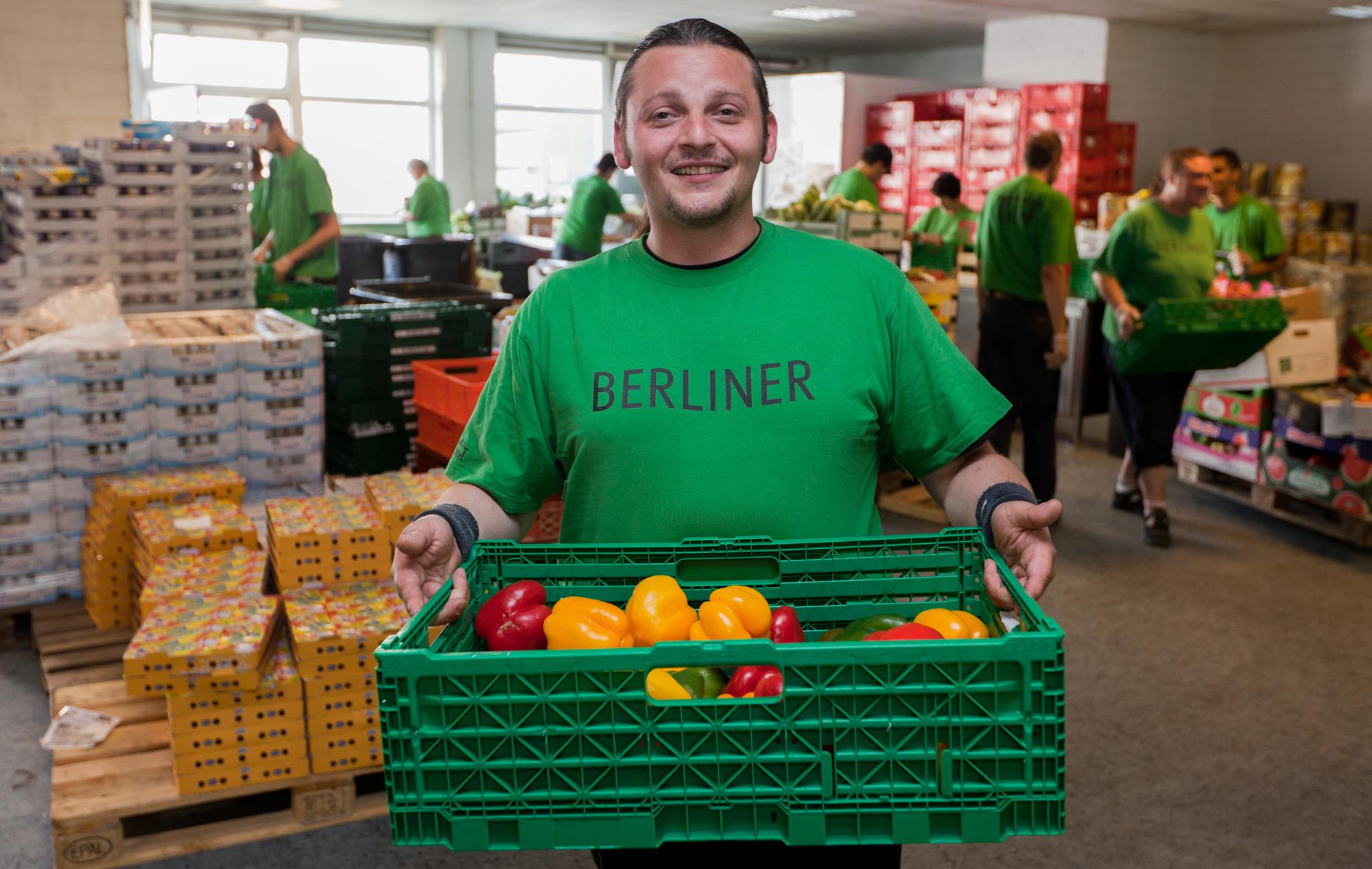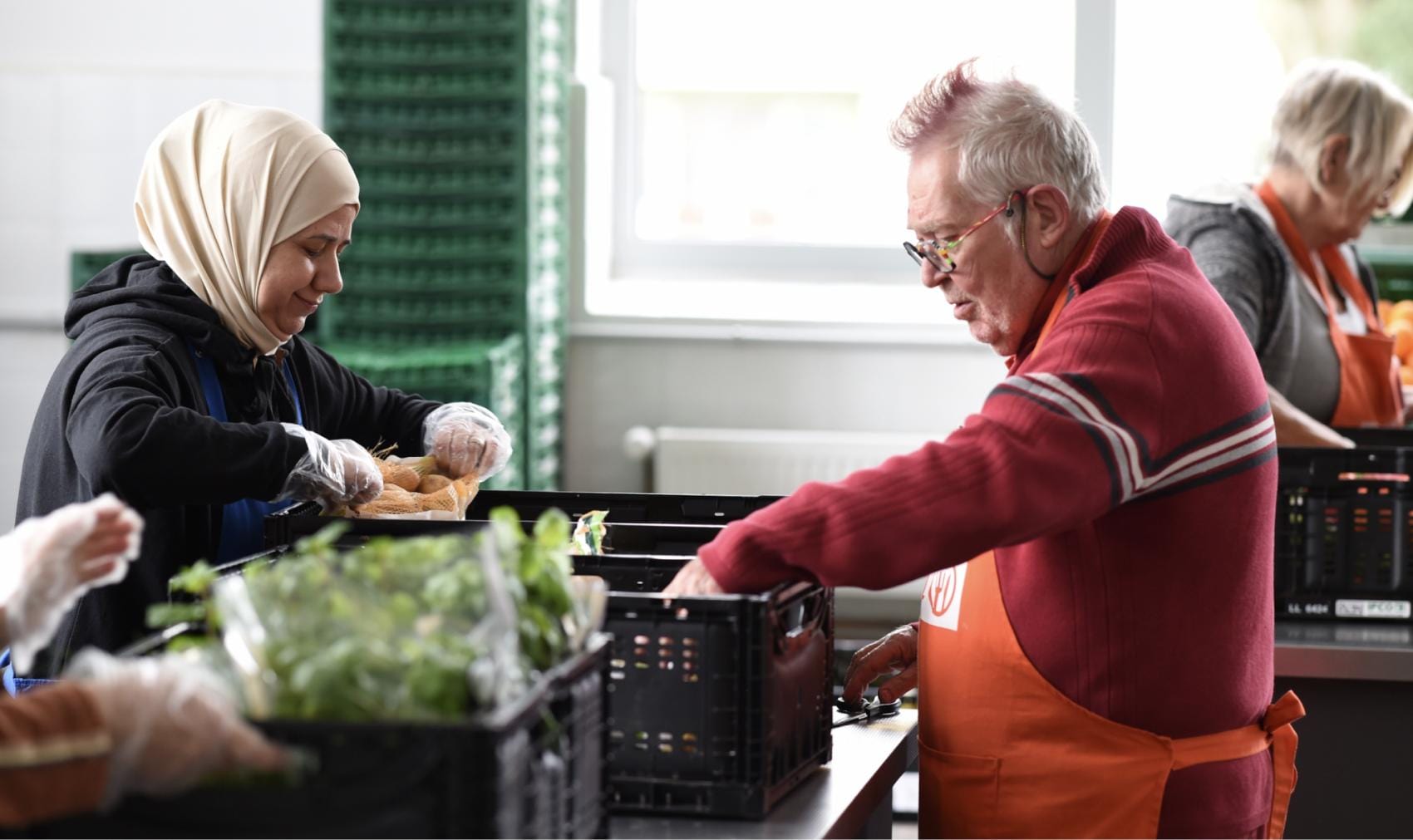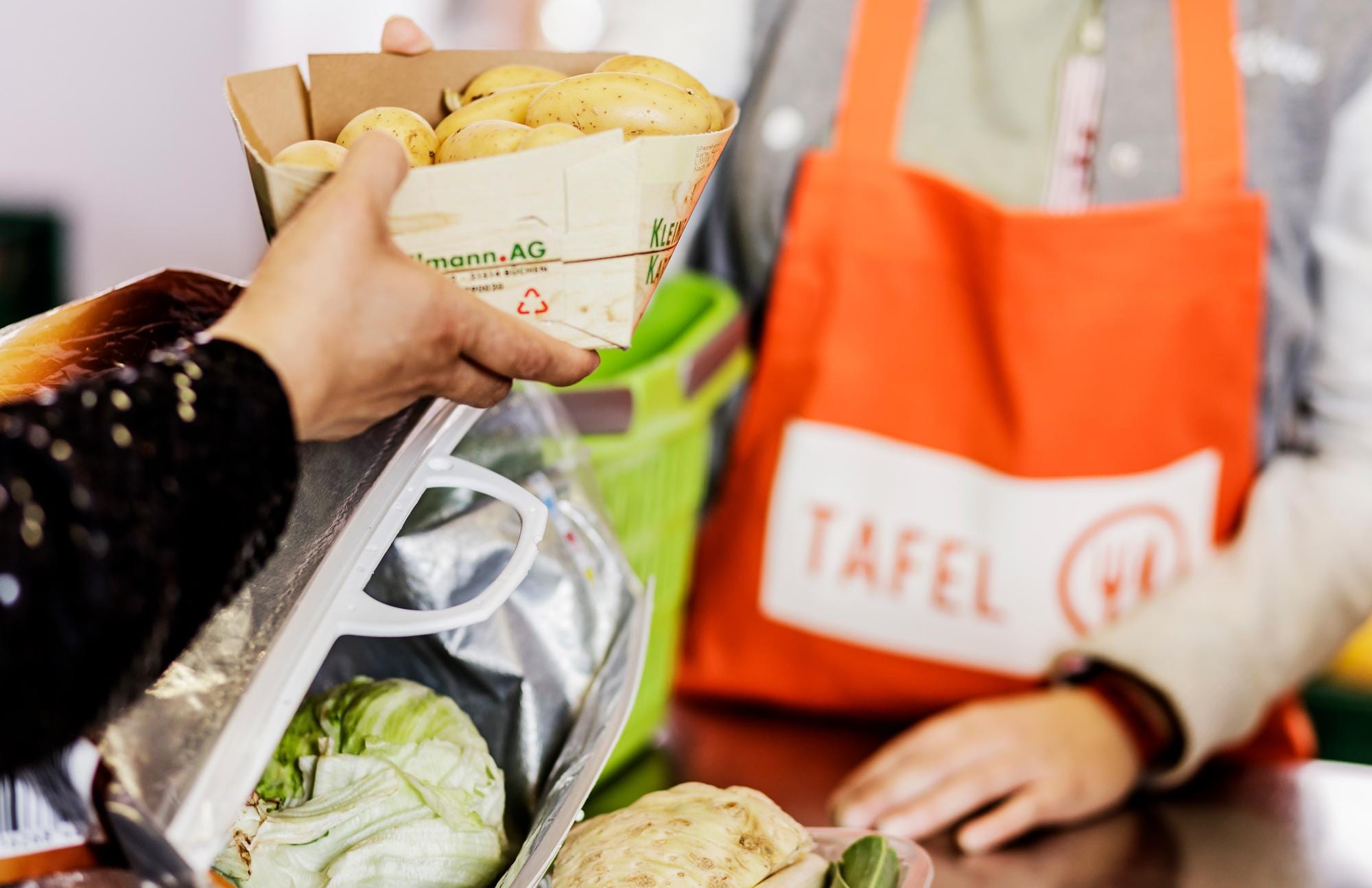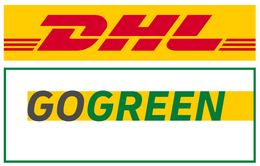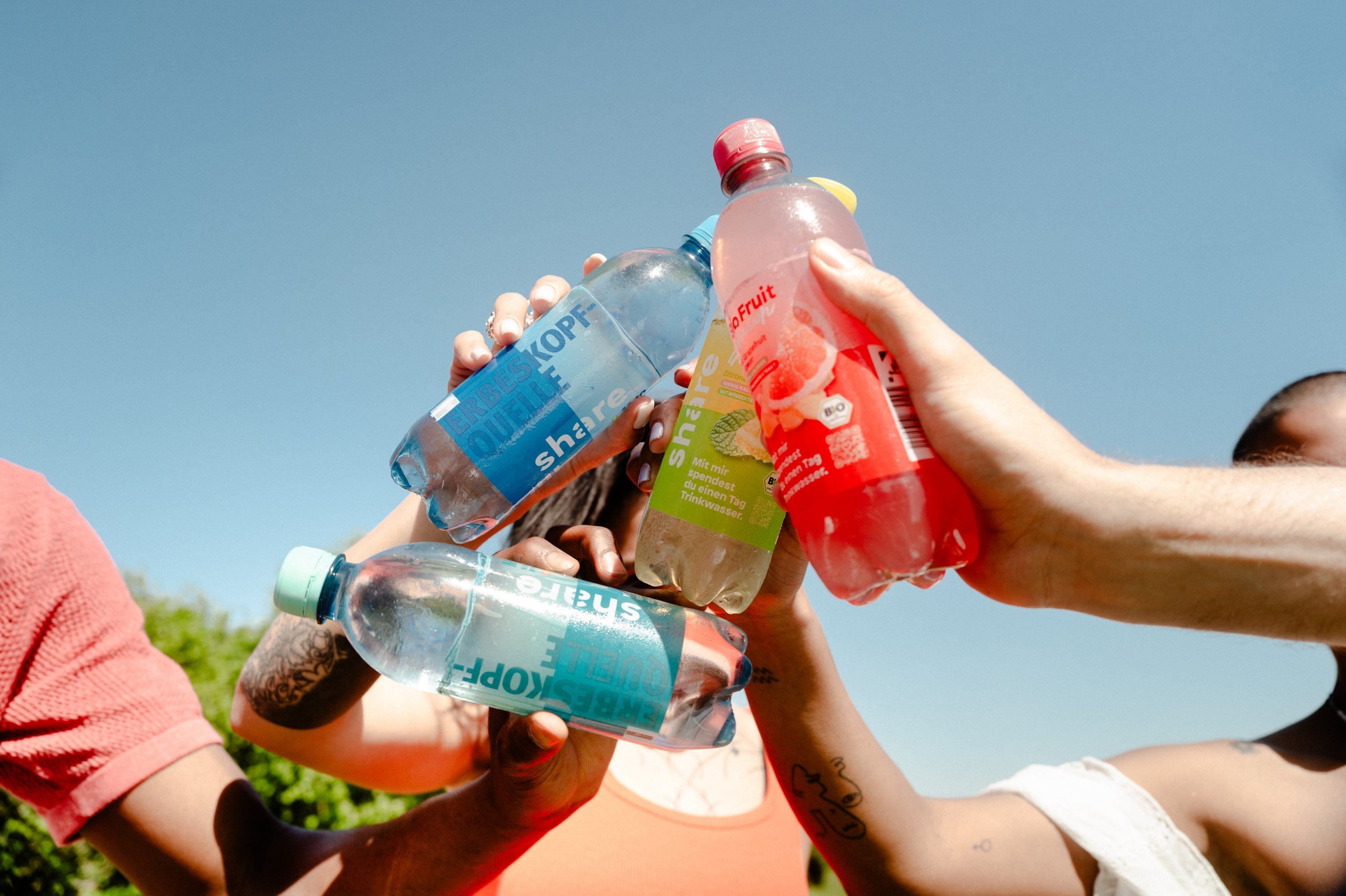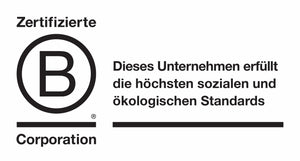The Berliner Tafel has been one of our partners from the very beginning. But how exactly does the distribution of food work, i.e. the process that most people associate with the Tafel? To get a more detailed overview of food rescue and redistribution in Berlin, we spoke to Marcus Stelter - the head of the LAIB and SEELE coordination office of the Berliner Tafel - for our current Impact Report 2022. He tells us what challenges the Berliner Tafel is currently facing, what importance the Tafel has for people and what role the state must play to improve the supply situation in the long term.
Dear Marcus, what is your personal motivation to work for the food bank?
Essentially, there are two things that motivate me. Firstly, to do something about food waste and then the opportunity to help people in need - to do something meaningful.
First, tell us which areas you are responsible for at the Berliner Tafel and what your everyday life here is like.
I work in the LAIB and SEELE coordination office. This is, so to speak, the switchboard and interface between the 47 LAIB and SEELE distribution points and the Berliner Tafel. The LAIB and SEELE distribution points are what one traditionally associates with the Berliner Tafel. They are the places where people affected by poverty can pick up food for their private households. In smaller towns, people can go to a central Tafel distribution point for this, but since Berlin is so big, one place is not enough. In order to be able to help across the city, we have involved the churches. Churches are present in all neighborhoods and thus enable decentralized support for those in need close to their homes.
LAIB und SEELE is just one pillar of the Berliner Tafel, can you explain the other two to us?
In the traditional area of the Berliner Tafel, food is distributed to 400 social institutions, such as homeless shelters, the railway station and city missions, women's shelters and drug emergency services. And then there is the children and youth project KIMBA, which teaches appreciation for food and healthy eating.

